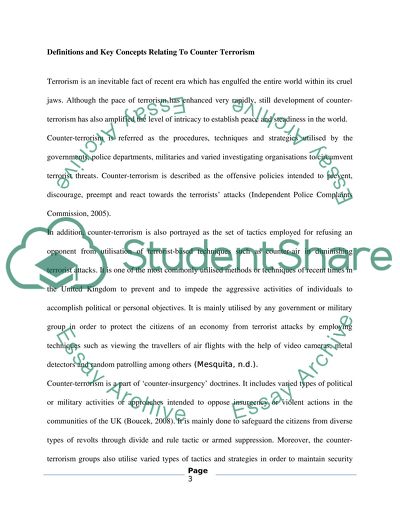Cite this document
(“UK Counter Terrorism Strategy, Protect: to strengthen our protection Essay”, n.d.)
Retrieved from https://studentshare.org/sociology/1399309-uk-counter-terrorism-strategy-protect-to
Retrieved from https://studentshare.org/sociology/1399309-uk-counter-terrorism-strategy-protect-to
(UK Counter Terrorism Strategy, Protect: To Strengthen Our Protection Essay)
https://studentshare.org/sociology/1399309-uk-counter-terrorism-strategy-protect-to.
https://studentshare.org/sociology/1399309-uk-counter-terrorism-strategy-protect-to.
“UK Counter Terrorism Strategy, Protect: To Strengthen Our Protection Essay”, n.d. https://studentshare.org/sociology/1399309-uk-counter-terrorism-strategy-protect-to.


